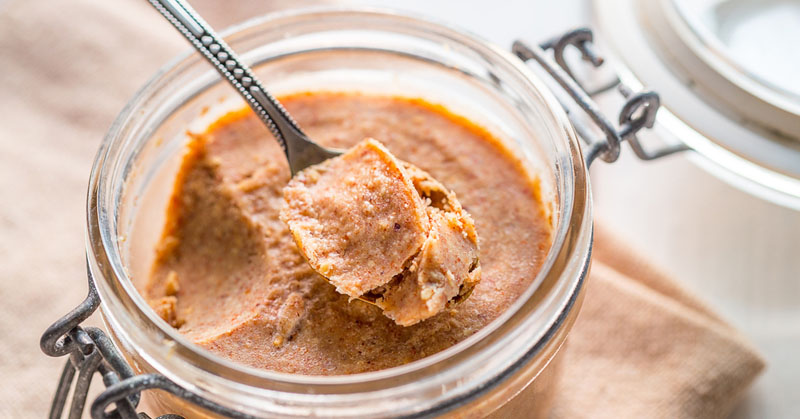If you have food allergies, it can be a nightmare trying to find food allergy alternatives. This is especially true when going out to eat where customers find themselves showing food allergy symptoms when the least expect it. But as so many popular foods are also some of the most common food allergies, food allergy alternatives for many people are a must. (1) While eating out can be problematic, most stores carry allergy substitutes, so the items listed below should be fairly easy to find. Of course, even cooking with food allergies can be a pain. So many recipes call for milk, nuts, and wheat.
Common and sometimes deadly food allergies include:
But the list below provides some great food allergy alternatives for your favorite dishes.
If you have a common food allergy, try these great food allergy substitutes:
1. Coconut Milk
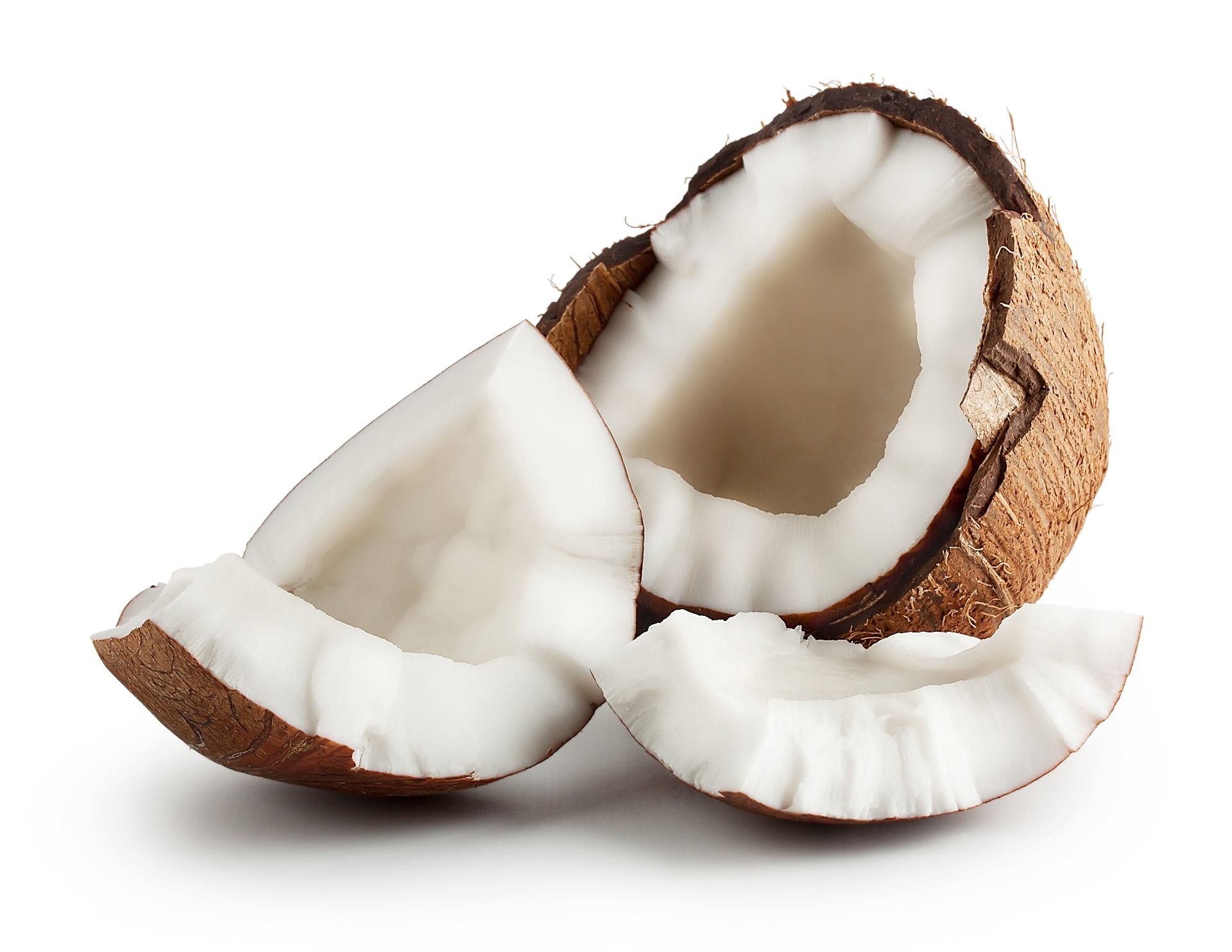
You’ll find a wide variety of cow’s milk alternatives; soy, coconut, rice, potato, oats, almonds, hazelnuts, cashews, hemp, flax, sunflower and macadamia. These milk alternatives are fortified with vitamins D and A, just as is cow’s milk. (2)
Coconut milk is a great alternative for cow’s milk. It’s thick, but it’s also free from dairy, lactose, soy, nuts and grains. (3)
There have been concerns as to the fat content of coconut milk. However, a 2013 study published in the Journal of Nutrition and Metabolism discovered that coconut milk actually improves cholesterol levels. After 60 healthy participants ate coconut milk porridge for five days of the week for eight weeks, their LDL levels decreased and HDL levels rose considerably. (4)
Make up for the loss of calcium by eating foods like kale, broccoli, watercress and bok choy. (5)
2. Egg Substitutes

As many recipes call for eggs, cooking with food allergies can be tricky. Eggs are work as a binding or leavening agent in recipes. However, there are some alternatives that will do the trick. The Food Allergy and Anaphylaxis Network recommends the following as great allergy substitutes for eggs:
For binding
2 tablespoons of fruit puree (for example, mashed bananas and apple sauce)
1 tablespoon of ground flaxseeds with 3 tablespoons of water
For leavening and binding
1.5 tablespoons of water, 1.5 tablespoons of oil and 1 teaspoon of baking powder
1 teaspoon of baking powder, 1 tablespoon of water and 1 tablespoon of vinegar
2 tablespoons of warm water and 1 packet of gelatin and (mix when ready to use)
1 teaspoon of yeast dissolved in 1/4 cup of water (6)
You might also try a potato-based egg substitute from Ener-G Foods. When mixed with water, it mimics eggs in baked goods such as cookies and muffins. (7)
3. Almond and Sunflower Seed Butter
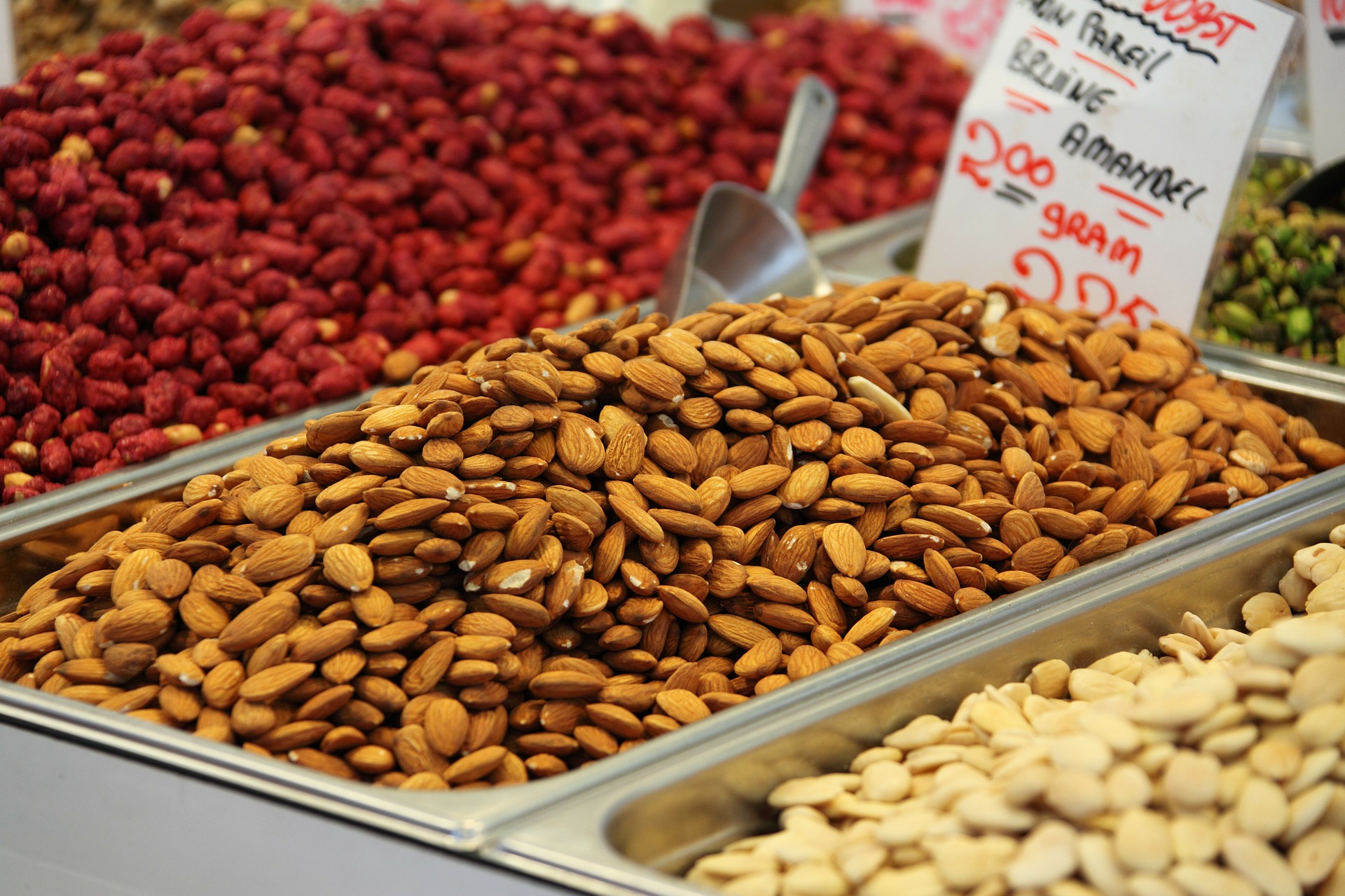
A common peanut butter alternative is almond butter. Almonds are low in saturated fatty acids, rich in unsaturated fatty acids, and contain filling fiber. Furthermore, they contain unique and protective phytosterol antioxidants, vitamins like riboflavin and trace minerals like magnesium. (8)
Sunflower seed butter is also a great substitute for peanut butter. It’s void of tree nuts, for one. And it also contains healthy fats and proteins. Furthermore, since sunflower seed is an uncommon allergy, it makes for a versatile food allergy alternative. (9)
Sunflower seed butter provides plenty of protein and is loaded with vitamin E and magnesium. It also contains a good amount of omega-6 fatty acids. (10)

4. Flaxseeds, Chia Seeds, Pumpkin Seeds and Sunflower Seeds
Nuts are high in omega-3 fatty acids and help control inflammation, boost brain function and improve cardiovascular health. However, they are also a common food allergy. A great food allergy substitute for peanuts and tree nuts are other foods that are high in Omega-3s. This way, you can still reap some of the nutritional benefits. (11)
Seeds, packed with nutritional value, are a great substitute for nuts in diet restrictions. You might try flaxseeds, chia seeds, pumpkin seeds or sunflower seeds. Pumpkin seeds and sunflower seeds are great substitutes for nuts in baking. (12)
However, research published in Current Allergy and Asthma Reports suggests that there is an association of peanut allergy with allergies to legumes, tree nuts, seeds, fruits and pollen. (13) Because of this link, check with your allergist before using seeds as a nut alternative.
5. Gluten-Free Flours/Grains
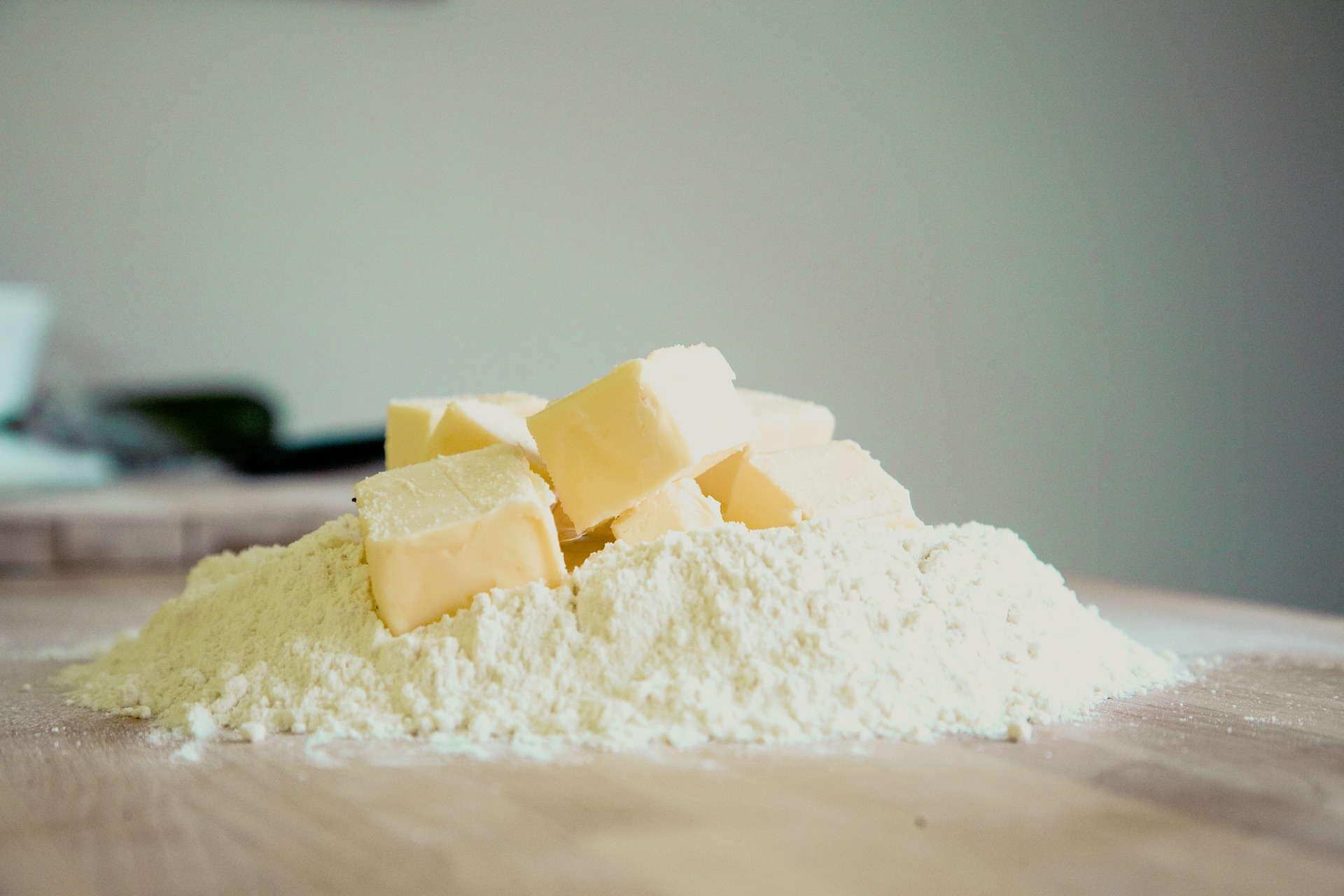
There are plenty of flours that don’t have what that can be used in baking. These wheat-free and gluten-free flours include coconut flower, almond flour, spelt flour, oat flour, and rice flour. (14)
Coconut flour is high in fiber and healthy fats. Furthermore, it’s easily used by the body for energy. And it helps support a healthy metabolism while balancing blood sugar levels. A study published in the British Journal of Nutrition found a decrease in glycemic index with coconut-flour supplements foods. These findings are likely due to its high dietary fiber content. (15)
Another fantastic option to replace wheat flour is ground almond meal flour. This alternative is packed with L-arginine, magnesium, copper, manganese, calcium and potassium. Finely-ground almond flour works well in recipes for baked goods. And bonus: it even has cholesterol-lowering effects. (16)
If you’re a huge pasta fan, there are also great alternatives available, such as brown rice and quinoa pastes. They have similar textures and tastes to wheat pasta, especially when combined with sauce. (17)
6. Lentils and Quinoa
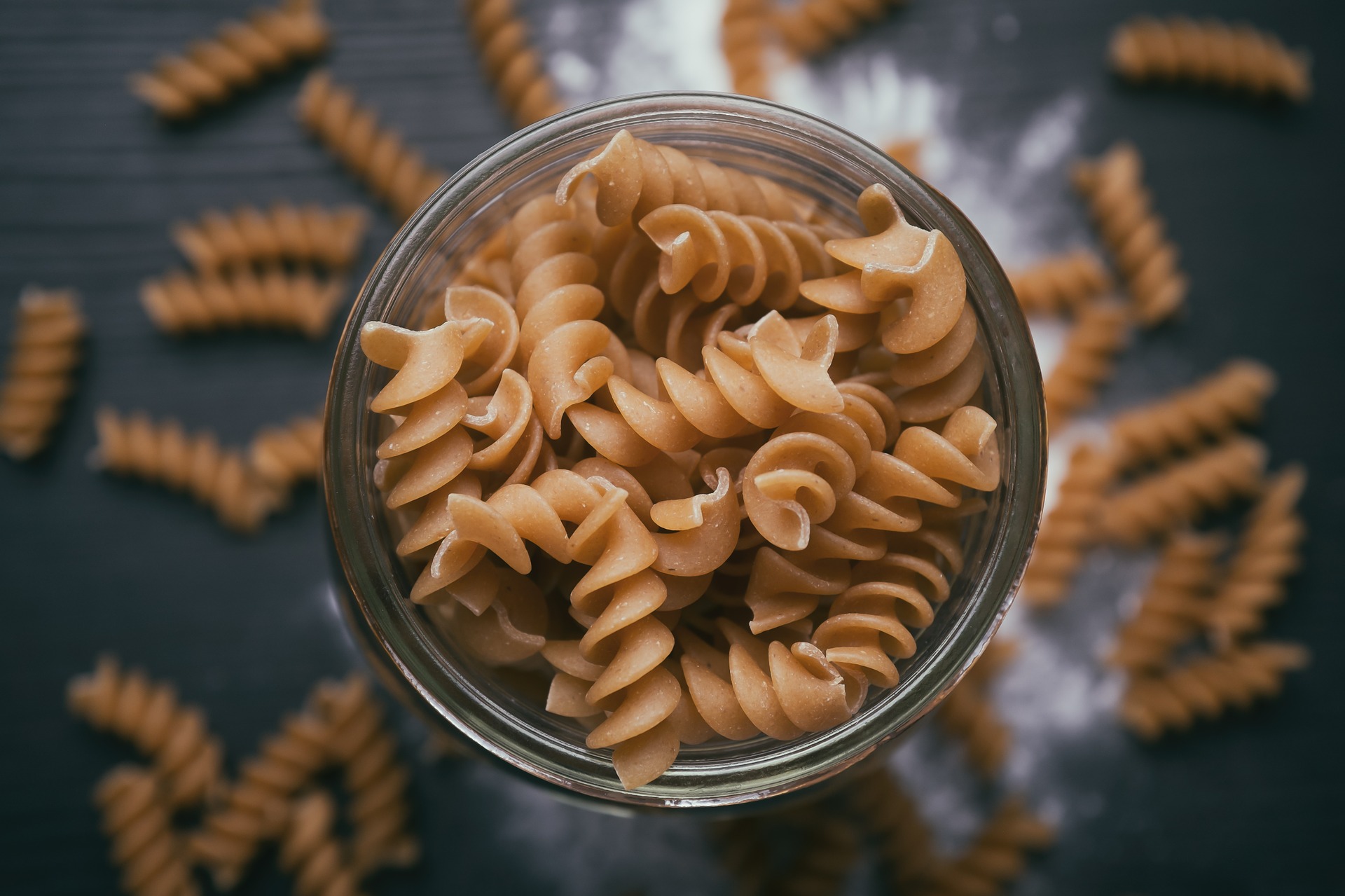
Legumes (lentils, for example), beans and grains (like quinoa) are three easy alternatives to get meat-free protein. Soy has protein as well, however evidence shows soy might not be that good for you. (18)
Lentils are high in protein and rich in nutrients. They have a hearty, dense texture. Quinoa is one of the healthiest grains available. It’s hardy and packed with nutrients. Quinoa recipes are easy to make, as the grain only takes 15 minutes to prepare. (19)
There are many obstacles if one suffers from food allergies and for those suffering food allergy treatments should be known.


